Welsh Government Award £13m Fibre Broadband Contract to BT UPDATE5
The Welsh Government has today announced that BT (Openreach) have won LOT 1 and LOT 3 of the new Phase 2 Superfast Cymru contract, which will initially work to expand “fast broadband” (FTTP dominated) ISP network coverage to reach an additional 16,000 premises by the end of March 2021.
The original contract, which was supported by a public investment of £225m (including some from Broadband Delivery UK), required Openreach to deploy a mix of their superfast Fibre-to-the-Cabinet (FTTC / VDSL2) and ultrafast Fibre-to-the-Premises (FTTP) ISP technologies (48,700 premises of the total got the latter). The aim was to put superfast broadband speeds within reach of 95% and they’ve almost achieved that (here), although today’s update uses the figure of 92% that seems to come from Ofcom’s older data (see bottom of this article).
Overall the Superfast Cymru project resulted in 733,000 premises (i.e. additional homes and businesses on top of the existing commercial coverage) from across Wales being put within reach of faster broadband ISP speeds, which drops to 717,000 for those able to access “superfast” speeds of 30Mbps+. These represent areas that might have originally been deemed economically unviable to reach via a purely commercial model.
Advertisement
Naturally this still leaves around 5% (or 8% if using the older data) of premises stuck on sub-30Mbps speeds, which reflects many of the most remote rural communities that are often even more expensive to tackle due to their sparse populations (i.e. significantly harder for operators to gain a return on their investment).
In response the Welsh Government proposed a new Phase 2 project at the start of 2018 (here), which initially aspired to make 30Mbps+ broadband available to “every property” and to focus on 100Mbps+ “full fibre” (FTTP) connectivity. The original tender valued this project at up to £200m, but so far it’s only confirmed about £62.5m and the first phase was said to be targeting around 88,000 premises (still not enough for universal cover).
Lot 1 – North West Wales (Estimated value: £14.858m)
Intervention Area of 21,125 NGA white premises has been identified with an additional 29,820 premises potentially available pending further information.Lot 2 – East Wales (Estimated value: £21.706m)
Intervention Area of 30,862 NGA white premises has been identified with an additional 21,183 premises potentially available pending further information.Lot 3 – South West Wales (Estimated value: £25.436m)
Intervention Area of 36,166 NGA white premises has been identified with an additional 17,552 premises potentially available pending further information.
However Julie James AM, Leader of the House and Chief Whip, has previously admitted that the “funding available is unlikely to deliver fast broadband to every premises that we have identified” and as a result we’ve long expected a mixed technology strategy (i.e. it won’t all be FTTP). On top of that the original announcement proposed to introduce a new scheme to help communities establish their own local projects.
The New Phase 2 Contract
According to today’s announcement, BT has been selected to supply the new contract for LOT 1 and 3 above but so far this only covers £13 million of the available public investment (we don’t yet know how much, if any, private investment they will contribute to this, but have asked).
Advertisement
The bad news is that they’ve currently only agreed to do “almost” 16,000 premises at “fast” speeds (whatever ‘fast’ means?), which is many times less than the 88,000 that had been originally proposed. Some Welsh Ministers have already expressed concern at this result and Julie James AM appeared to show some solidarity with that feeling.
The good news is that the “vast majority” of this will be done using Gigabit capable Fibre-to-the-Premises (FTTP) technology (we assume FTTC / VDSL2 for the rest).
Julie James AM said:
“The broadband market in Wales has seen a rapid change over the last five years. Superfast Cymru has transformed the digital landscape of Wales with the vast majority of premises across the country able to access superfast broadband.
But there is more to do to reach the remaining premises. Given the scale of the task in providing fast reliable broadband to those premises currently unable to access it we are going to need a range of interventions in future. There is no one size fits all solution.
This will include publicly funded roll-outs as announced today, our ABC and ultrafast voucher schemes and support for community projects through our voucher schemes. For many a community based scheme is going to be the best route to fast broadband connectivity. We will work with communities and local authorities to provide advice and funding to bring fast broadband where it’s needed.”
Kim Mears, Openreach’s MD for Strategic Infrastructure, said:
“We’re delighted to be partnering with the Welsh Government once again on the continued roll out of fibre broadband across Wales.
After the successful delivery of Superfast Cymru to date, to be awarded the first lots of this next phase confirms that Openreach is at the very forefront of building infrastructure that’s fit for the future.
While the vast majority of the country – both urban and rural – can already access superfast broadband thanks to the work Openreach engineers have already completed in Wales we appreciate that there is still more to do.
This is the next step in the process of making decent broadband available for all across Wales on an open network with a choice of providers.”
Apparently the first homes and businesses to benefit under this next phase should begin to go by the end of 2019, although there was no clear mention of what might happen with respect to completing some of the unfinished or partially built deployments from Phase 1. BT is also certain to pick up the LOT 2 contract since at present they appear to be the only serious supplier taking part and bidding.
Meanwhile the Welsh Government appears to be holding back making all of their public money available until LOT 2 is confirmed, which means we may see extensions to the new contract in the future (i.e. just like we did with the original one). “The reason I’m not able to say how much money I’m putting into that is I want to see how much the final lot that’s left actually costs and then all the rest of it will be put into the community pot. So, we are determined to spend all the money on the table on fast broadband connection,” said Julie.
Advertisement
A Few Other Points from Today’s Announcement:
* The evaluation of tenders for lot 2 covering East Wales is ongoing, and Julie was only able to say that she “will make a further announcement on this as soon as this process has been completed.”
* Both the ABC and Ultrafast Connectivity Voucher schemes are currently being reviewed so as to streamline them with this project and that of the UK Government’s new Gigabit Voucher Scheme (they also want to make them quicker to use). Apparently a number of options have already been explored, with both the WG and UK Government’s meeting last week to “finalise a proposal.” We expect an update on this soon.
* The WG met with members of the Llandewi Rhydderch community in Monmouthshire to explore the prospect of helping them to build their own FTTH broadband network, which would use a similar approach to B4RN and Michaelston-y-Fedw (here). Other communities have expressed a related interest.
* In a bizarre comment on universal coverage, Julie James decided to mix up expensive Leased Lines with residential connectivity. The statement speaks for itself: “In terms of the availability at 100 per cent, I dislike saying this, Deputy Presiding Officer, because, to some extent, it is a little disingenuous, but, of course, it is available, it’s just a question of how much you’re prepared to pay for it. So, at this point in time, were you prepared to pay for it, you could get a fast fibre connection to your premises via the Ethernet network, which would cost you quite a lot of money, but it is available. That network has been facilitated across Wales, but it’s out of the reach of many of the people of Wales, but it is available if they wanted it, and we have facilitated that. I agree with this; that’s true, but it is, nevertheless, true that that is available, and that has been no small feat in itself, as well. It’s no consolation to Mrs Jones of wherever that she still hasn’t got it.”
ISPr Editors Note: It’s a touch more than a “little disingenuous” Julie! You could also build a base on the Moon, if you had enough money, but that’s not even remotely realistic for ordinary people. Politicians should not be confusing residential connectivity and high capacity business leased lines, which require significantly expensive civil engineering at huge cost to reach remote individual homes.
UPDATE 24th October 2018 – 9:09am
We asked the Welsh Government a few questions yesterday afternoon and now have their reply, which clarifies a few things but dodges a few others.
Q. The figure of 16,000 is significantly below the expected up to 88,000 that had been promised. What has happened to the rest?
A: The grant agreement is one part of a suite of measures to bring faster broadband to the remaining premises. The number of premises covered in the two lots are based on what the successful bidder felt they could deliver within the timeframe of the grant agreement. Our statement is clear there is no single solution and we are looking at a range of measures to reach the final premises.
Q. How much private investment is BT contributing, if any?
A: That’s a commercial matter.
Q. What technology split does that 16,000 represent (i.e. how many are FTTP, how many FTTC etc.?)?
A: 90% across the 16,000 are FTTP.
Q. What % of superfast broadband (30Mbps+) coverage do you expect to achieve once today’s contract has completed in 2021?
A: As many as possible.
Q. Will this contract include any provision for completing the unfinished / partially built deployments from the original contract?
A: The grant agreement is part of a suite of measures to reach the final premises. It is not the only solution. All premises without access to superfast broadband are a priority and these have been captured as eligible for government intervention. They may be part of the grant agreement or one of the other solutions we are working on. Any partially built deployments are a matter for Openreach and have not been paid for by the Welsh Government.
We expect an update on the LOT 2 next week.
UPDATE 31st October 2018
One of the uncertainties with the WG’s existing ABC voucher scheme surrounds the question of whether having a voucher (i.e. so as to increase local speeds in the intervention area from 2Mbps to 10Mbps or 9Mbps to 20Mbps etc.) then excludes related properties from the Superfast Cymru Phase 2 intervention area for future deployments. The WG has kindly clarified.
A Welsh Government spokesperson said:
“Premises without access to superfast speeds of over 30Mbps, which are not in any private sector roll-out plans for the next three years, have been captured as eligible for government intervention. Use of the ABC voucher scheme will not exclude premises from the rollout it they are part of it.
Now the grant agreement has been awarded we are working with Openreach on confirming the premises which will benefit from the rollout. A new online presence is being prepared for the suite of interventions, including the successor project with Openreach. People will be able to check online whether their premises is scheduled to be completed under this project or if another intervention would be more suitable. This facility should be available within the next few weeks.”
UPDATE 5th November 2018
We’ve had a further update concerning ‘Under Review‘ premises (credits to Steve). Under review premises that cannot get a “fibre broadband” service under the first contract are not included in the second contract. The mechanism to have them included appears to necessitate an Open Market Review (OMR). After that, eligible properties could then be brought in the scope of the second contract.
It is presently unclear how many premises unable to order fibre broadband, that were in the scope of the first contract, fall outside of the scope of the second contract. OMRs tend to occur roughly every 3 years (depending upon the authority’s desire) and we suspect that the next one may happen in 2019.
UPDATE 27th November 2018
The Welsh Government has recently clarified which counties were in which Lots of the new Superfast Cymru contract.
Lot 1: Ceredigion; Conwy; Denbighshire; Gwynedd; Isle of Anglesey
Lot 2: Cardiff; Flintshire; Monmouthshire; Newport; Powys; Vale of Glamorgan; Wrexham
Lot 3: Blaenau Gwent; Bridgend; Caerphilly; Carmarthenshire; Merthyr Tydfil; Neath Port Talbot; Pembrokeshire; Rhondda Cynon Taf; Swansea; Torfaen
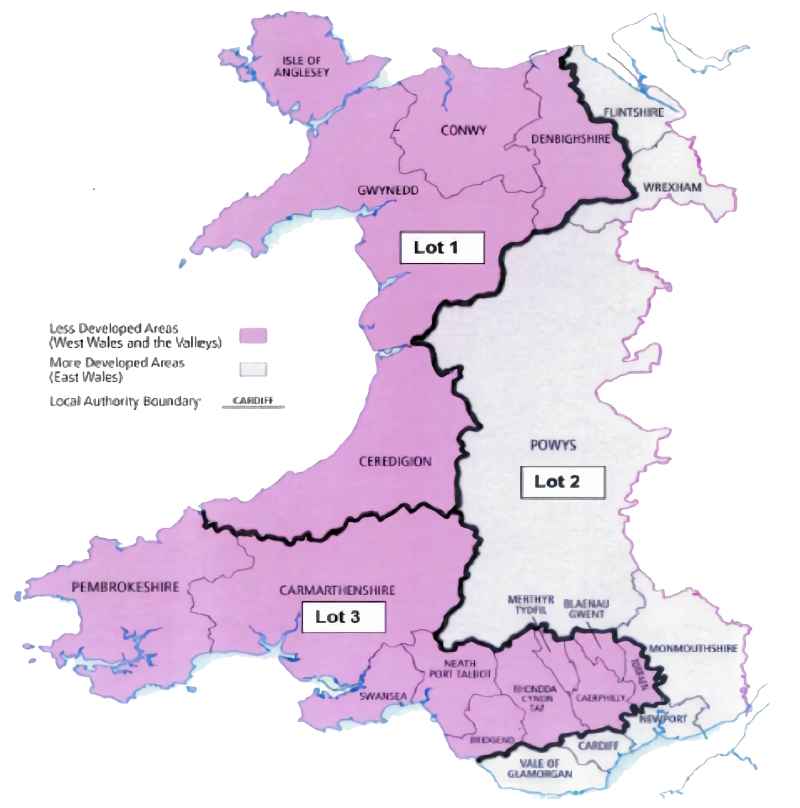
Meanwhile we’ve included Ofcom’s most recent (May 2018) coverage data for Wales below, although it’s worth noting that this is several months behind the latest official information from other sources.
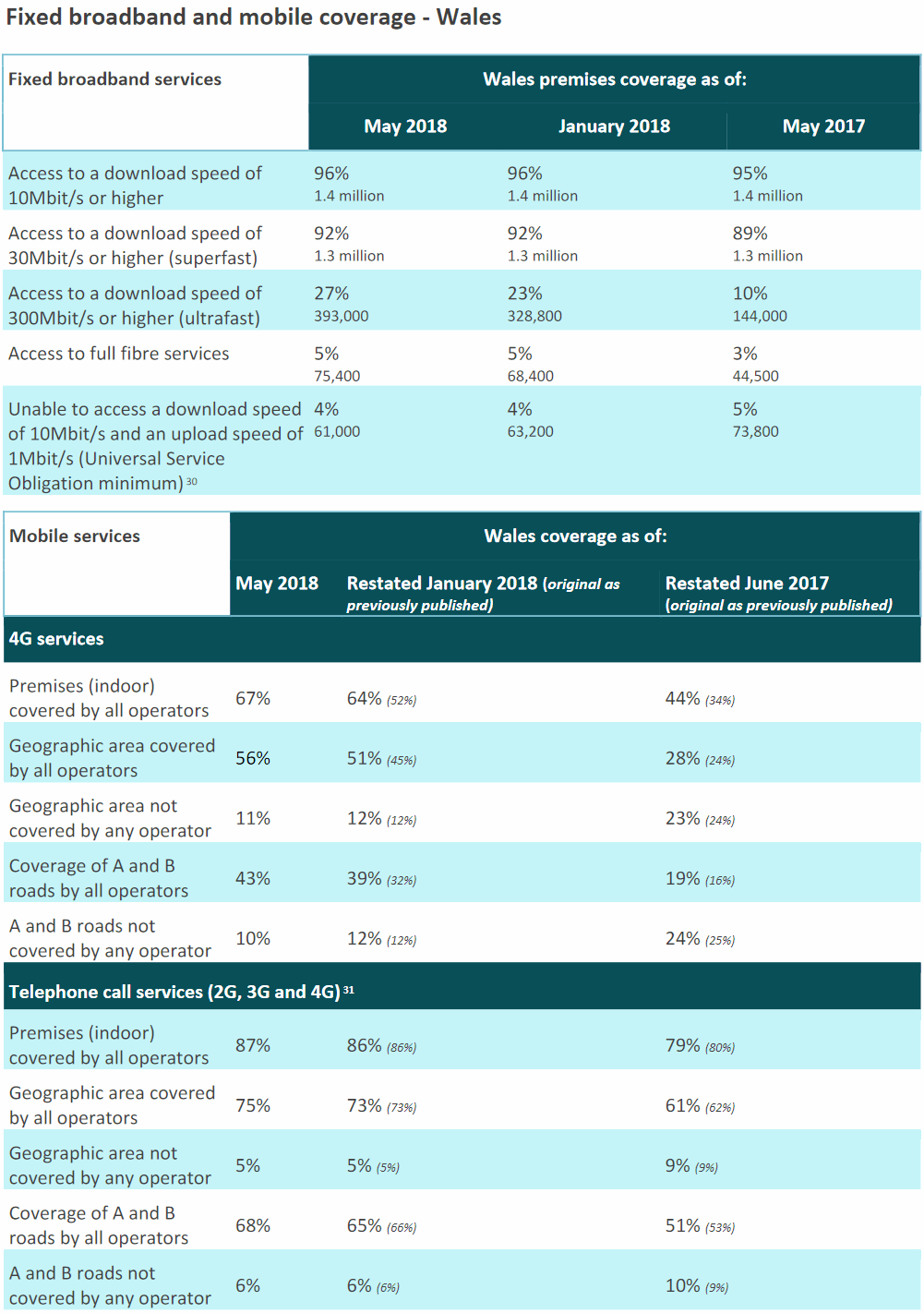
Mark is a professional technology writer, IT consultant and computer engineer from Dorset (England), he also founded ISPreview in 1999 and enjoys analysing the latest telecoms and broadband developments. Find me on X (Twitter), Mastodon, Facebook, BlueSky, Threads.net and Linkedin.
« FTTH ISP Community Fibre Adopts ADTRAN’s 10Gbps XGS-PON Tech
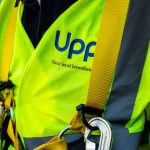


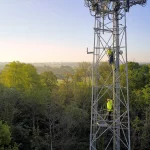


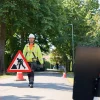

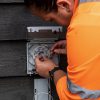








































Comments are closed